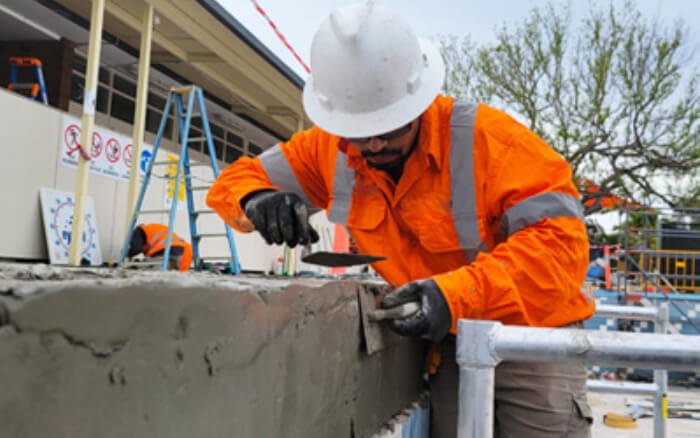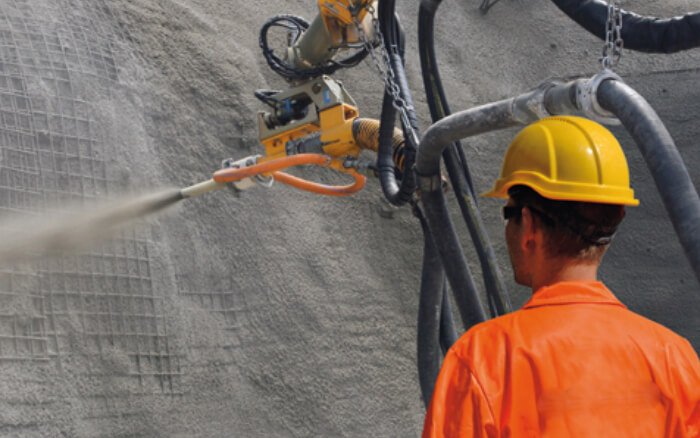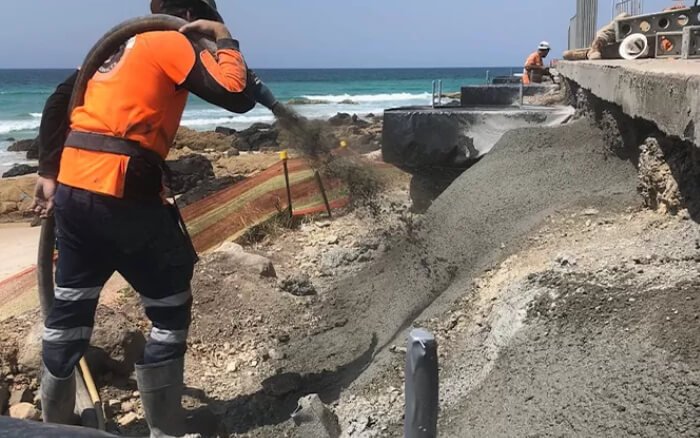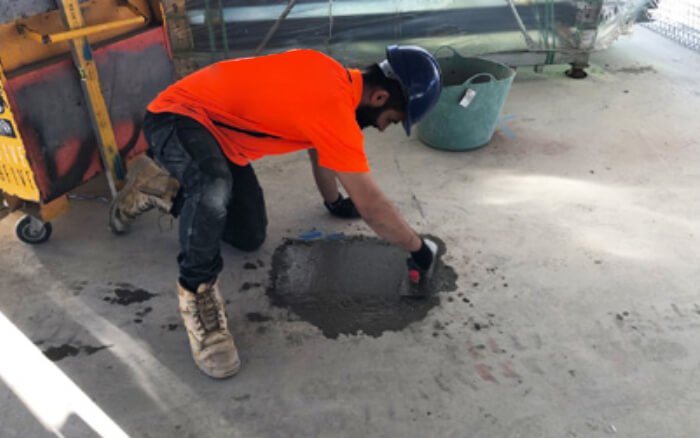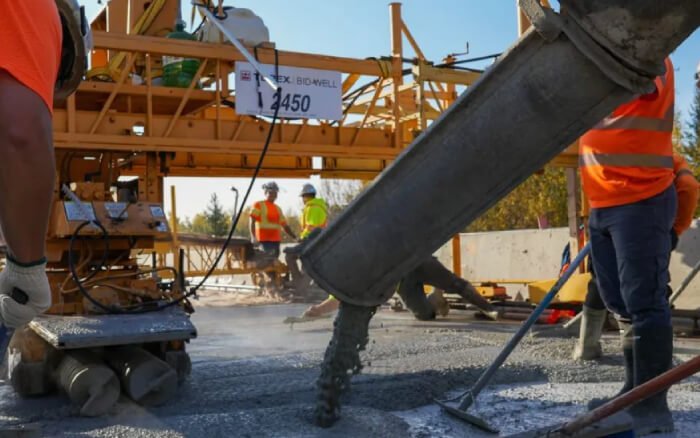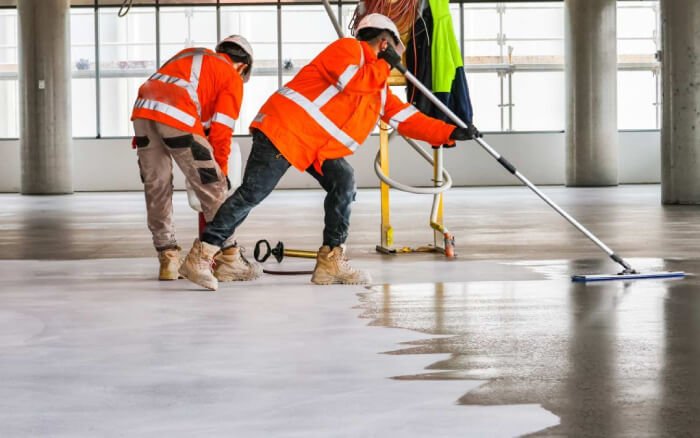What is Infrastructure Rehabilitation?
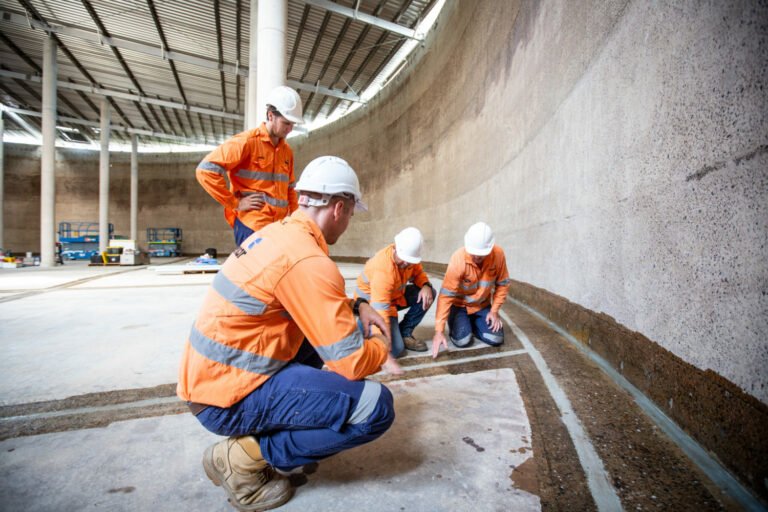 Infrastructure rehabilitation refers to the process of restoring or upgrading deteriorating, outdated, or damaged infrastructure, such as roads, bridges, tunnels, dams, and buildings. The goal is to enhance the functionality, safety, and longevity of existing structures, ensuring they continue to meet modern standards and withstand future demands. Rehabilitation often involves repairing or replacing critical components, strengthening the overall structure, and incorporating newer technologies or materials to improve performance.
Infrastructure rehabilitation refers to the process of restoring or upgrading deteriorating, outdated, or damaged infrastructure, such as roads, bridges, tunnels, dams, and buildings. The goal is to enhance the functionality, safety, and longevity of existing structures, ensuring they continue to meet modern standards and withstand future demands. Rehabilitation often involves repairing or replacing critical components, strengthening the overall structure, and incorporating newer technologies or materials to improve performance.
Why is Infrastructure Rehabilitation Important?
Infrastructure rehabilitation is essential to maintaining the functionality and safety of public and private assets. Many infrastructures, particularly those built decades ago, experience wear and tear from environmental conditions, heavy use, and aging materials. Without rehabilitation, these structures can become unsafe, inefficient, or unusable, leading to potential hazards, disruptions, and costly replacements. Rehabilitation allows for:
- Increased Safety: Repairing and strengthening aging infrastructure prevents catastrophic failures and ensures public safety.
- Cost Savings: Rehabilitation is often more economical than full-scale replacements, saving both time and money.
- Improved Performance: Upgrading infrastructure enhances its efficiency and resilience, reducing maintenance costs and operational disruptions.
- Extended Lifespan: Proper rehabilitation techniques can significantly extend the life of a structure, allowing it to serve its purpose for many more years.

Common Techniques in Infrastructure Rehabilitation
Various rehabilitation techniques are employed depending on the type of infrastructure and the specific issues being addressed. Some of the most common methods include:
- Concrete Repair and Restoration: This involves patching, resurfacing, or replacing deteriorated concrete components to restore their strength and durability. Techniques such as epoxy injection, crack sealing, and surface coating are often used.
- Bridge Strengthening: To increase the load-bearing capacity of bridges, strengthening techniques like carbon fiber wrapping, steel plate bonding, and post-tensioning are used to reinforce the structure.
- Soil Stabilization: For structures affected by shifting soil or poor ground conditions, soil stabilization methods, including grouting and soil injection, can improve ground stability and prevent settlement or erosion.
- Seismic Retrofitting: In earthquake-prone areas, seismic retrofitting involves reinforcing structures to withstand seismic forces and reduce the risk of damage during an earthquake.
- Corrosion Protection: Infrastructure exposed to water, chemicals, or salt is often subjected to corrosion. Corrosion protection methods like coating, cathodic protection, and corrosion inhibitors are employed to prevent further damage.
- Waterproofing: Waterproofing solutions help prevent water ingress into foundations, tunnels, and other concrete structures, reducing the risk of erosion and material degradation.
Challenges in Infrastructure Rehabilitation
While infrastructure rehabilitation provides significant benefits, it also comes with its own set of challenges. Some of the common challenges include:
- Budget Constraints: Rehabilitation projects can be expensive, and limited funding can make it challenging to address all needed repairs or upgrades.
- Disruption to Public Services: Major rehabilitation projects often require the closure of roads, bridges, or other facilities, which can disrupt daily activities and cause inconvenience to the public.
- Structural Complexity: Aging structures may have hidden issues or complexities that make rehabilitation more challenging, requiring careful planning and expert knowledge.
- Uncertainty in Material Condition: The condition of materials in older structures may be difficult to assess accurately, leading to unforeseen issues during the rehabilitation process.
- Environmental Impact: Rehabilitation work may have environmental implications, such as waste disposal or the use of potentially harmful chemicals in certain repair processes. Managing these impacts is a key consideration.
Benefits of Infrastructure Rehabilitation
Infrastructure rehabilitation provides numerous advantages for both public and private sectors, including:
- Reduced Need for Replacement: Rehabilitation can delay the need for complete infrastructure replacement, saving on significant construction costs.
- Minimized Downtime: Rehabilitation typically takes less time than constructing new infrastructure, reducing service disruptions.
- Improved Structural Integrity: Strengthening weakened structures improves their safety, reducing the risk of collapse or other failures.
- Enhanced Sustainability: By extending the life of existing infrastructure, rehabilitation reduces the environmental impact of new construction, including resource use and waste generation.
- Boosting Economic Growth: Well-maintained infrastructure supports economic development, improves transportation, and enhances the quality of life in communities.
Examples of Infrastructure Rehabilitation Projects
Infrastructure rehabilitation is implemented in many different contexts, ranging from large-scale public works to small community projects. Some examples of successful infrastructure rehabilitation projects include:
- Bridge Rehabilitation: Aging bridges are often rehabilitated to meet modern traffic and safety requirements by reinforcing structures with steel, carbon fiber, or other materials.
- Road and Highway Rehabilitation: Pavement resurfacing, crack sealing, and other repairs are used to improve road conditions, reduce maintenance costs, and extend the lifespan of highways and streets.
- Water Treatment Plant Upgrades: Old water treatment plants are rehabilitated with modern technologies and processes to improve water quality and service delivery to communities.
- Railway Infrastructure Rehabilitation: Railway systems, including tracks and stations, are rehabilitated to increase efficiency, safety, and service capacity.
- Historic Building Preservation: In many cases, historic buildings are rehabilitated to preserve their architectural value while meeting current structural and safety standards.
Conclusion
Infrastructure rehabilitation is a vital process that helps to restore, strengthen, and modernize existing structures. Whether for transportation systems, utilities, or public buildings, rehabilitation ensures that infrastructure remains safe, functional, and efficient for years to come. By utilizing advanced repair techniques, managing challenges effectively, and extending the lifespan of critical assets, infrastructure rehabilitation plays a key role in building and maintaining resilient communities and economies.


